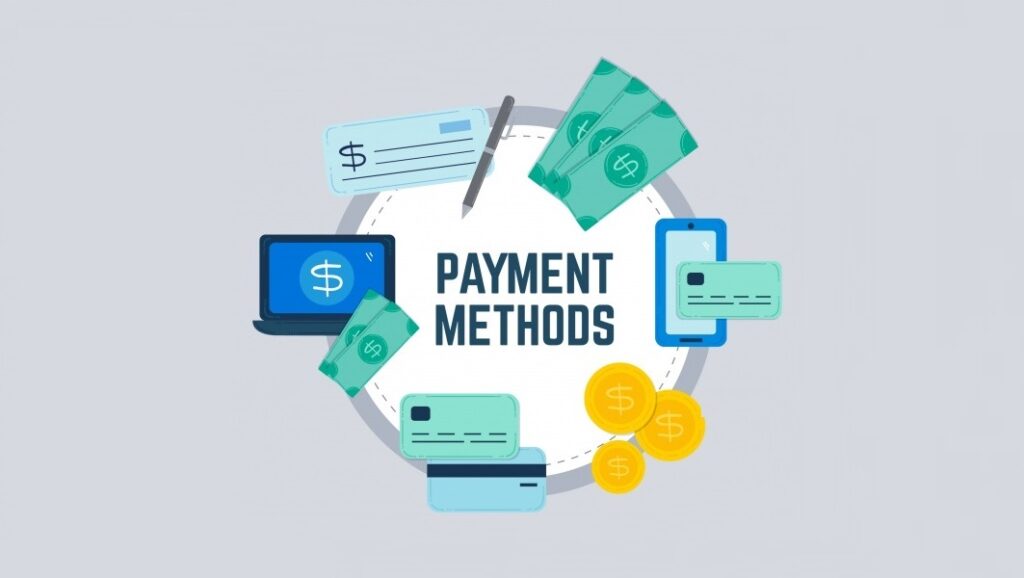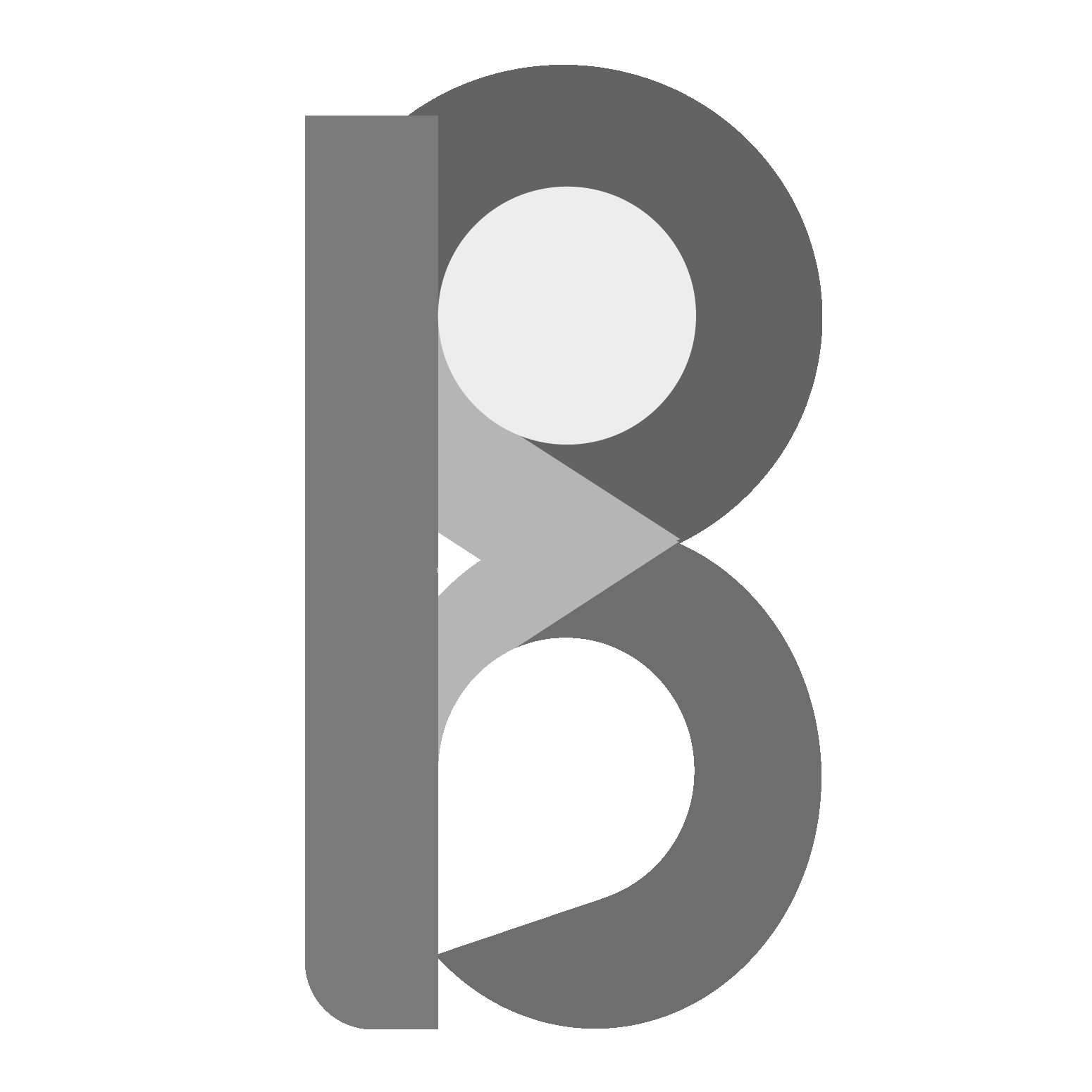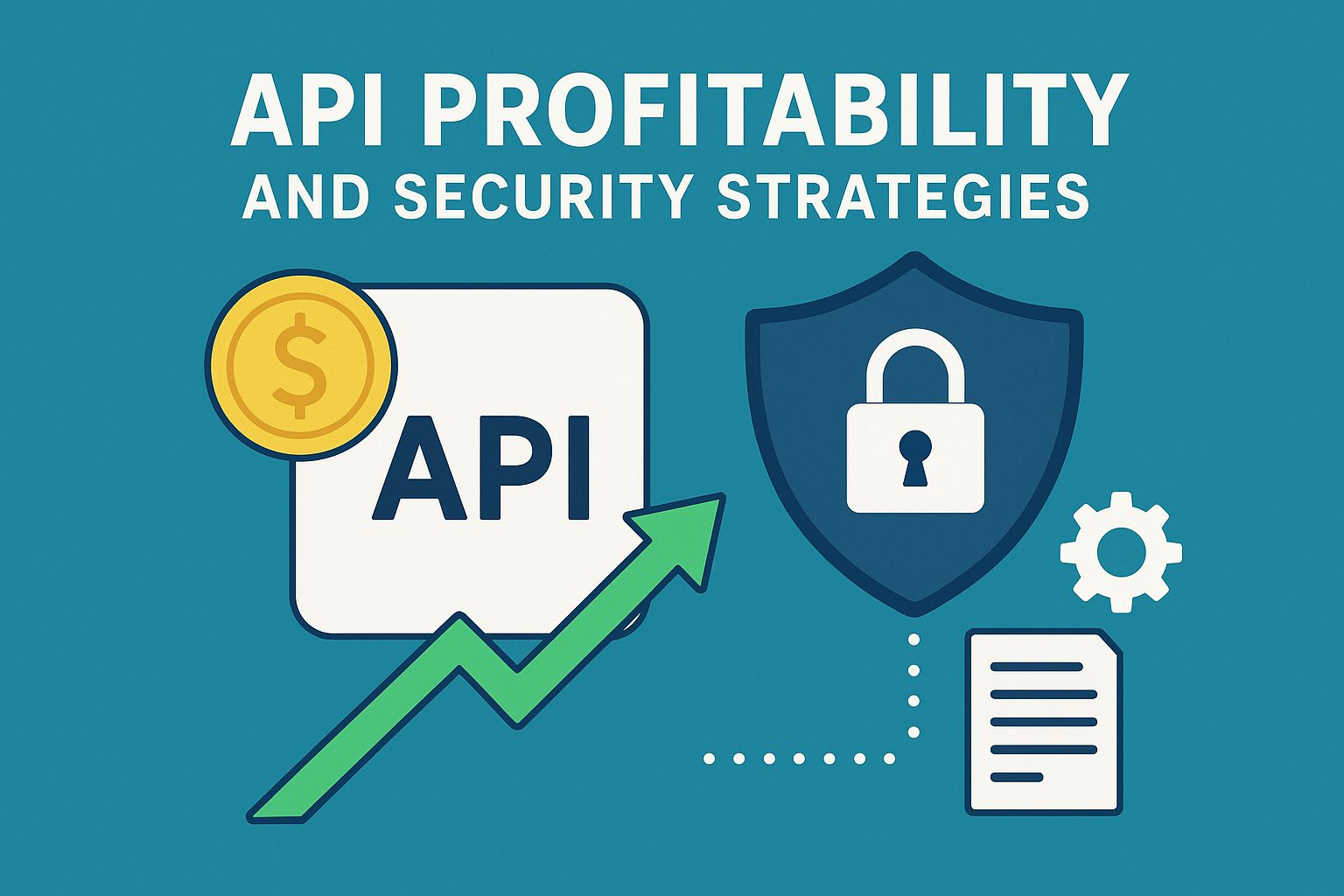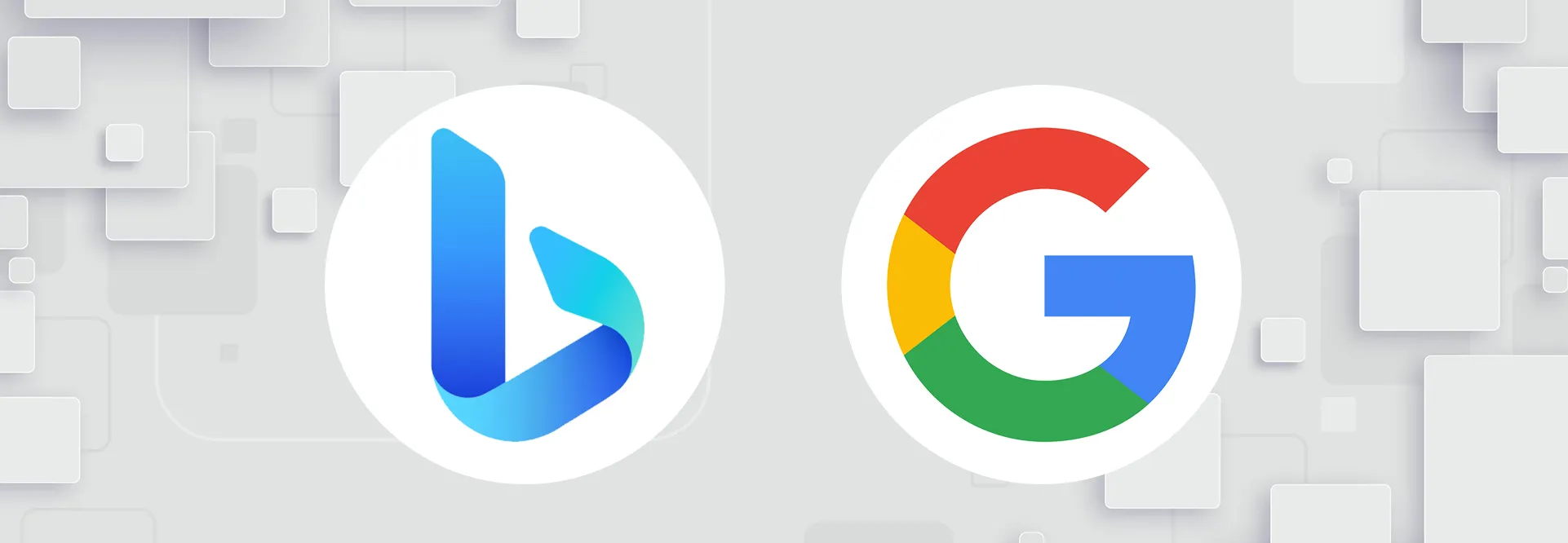The Evolving Landscape of Publisher Monetization
Choosing between Broos.io and Google AdSense can significantly impact your publishing revenue, especially if you’re targeting African audiences where regional ad networks claim to deliver up to 2x higher earnings compared to traditional platforms. The digital advertising landscape in 2025 presents publishers with more monetization options than ever before, yet the choice between established giants like Google AdSense and emerging Africa-focused platforms like Broos.io requires careful analysis.
Google AdSense has dominated the publisher monetization space for over two decades, serving as the go-to solution for website owners seeking reliable ad revenue. However, the African digital advertising market is projected to reach $3.2 billion by 2025, driven by rising internet penetration and mobile usage, creating opportunities for specialized regional networks. Broos.io enters this market as an “Africa-first, global ready” platform promising transparent earnings, local payment methods, and higher revenue shares specifically designed for African publishers.
This comprehensive comparison examines both platforms from a publisher’s perspective, analyzing approval requirements, revenue potential, payment terms, geographic performance, and overall value proposition. Whether you’re a seasoned publisher considering diversification or a new content creator choosing your first monetization partner, understanding these differences will help maximize your earning potential while aligning with your specific needs and audience demographics.
Understanding the Platforms and thier Core Differences and Philosophies
Google AdSense operates as an ad network that connects publishers with Google’s vast advertiser ecosystem, providing access to millions of advertisers bidding on inventory through automated auctions. Launched in 2003, AdSense has become synonymous with website monetization, offering a straightforward model where publishers display contextually relevant ads and earn revenue through impressions (CPM) or clicks (CPC). The platform handles everything from ad matching to payment processing, taking a 32% revenue share while publishers retain 68%.
AdSense’s strength lies in its massive scale and sophisticated targeting algorithms that analyze page content, user behavior, and demographic data to serve relevant advertisements. The platform supports various ad formats including display banners, text ads, rich media, and responsive units that automatically adjust to different screen sizes. With access to Google’s Authorized Buyers and programmatic demand, AdSense maintains high fill rates across most geographic regions and content niches.
Broos.io, by contrast, positions itself as a digital infrastructure platform built specifically to empower African creators, developers, and businesses with tools to scale locally and globally. Rather than simply replicating Western ad network models, Broos.io addresses unique African market challenges including currency conversion issues, payment method limitations, cultural disconnection, and transparency concerns that plague traditional platforms when serving African traffic.
The platform integrates monetization solutions for publishers and influencers, APIs as a Service (APIsaaS) for developers, and advertising capabilities for businesses within a single ecosystem. Broos.io emphasizes transparent earnings dashboards, localized campaigns, brand deals, and critically, payouts through mobile money or bank transfers payment methods that align with African financial infrastructure. The company claims publishers switching from AdSense have experienced 2x earnings increases in their first month, though as a pre-launch platform, independent verification of these claims remains limited.
Approval Requirements and Getting Started

Google AdSense Eligibility Criteria
Contrary to popular belief, Google AdSense does not impose strict minimum traffic requirements for approval. Publishers can technically apply with relatively low traffic, and some report receiving approval with as few as 20-30 daily visitors. However, traffic quality matters far more than quantity AdSense requires organic, authentic visitors rather than artificial traffic from bots or paid sources.
The actual approval criteria focus on content quality and website compliance. Publishers should have approximately 50+ original content posts of around 800+ words each, demonstrating consistent, high quality content creation over several months (typically 3-6 months minimum). Essential pages including Privacy Policy, About Us, and Contact pages are mandatory. The content must comply with Google’s strict program policies, avoiding prohibited content categories including adult material, violence, copyright violations, and certain “Your Money or Your Life” (YMYL) topics that could impact health or financial decisions.
Applicants must be at least 18 years old and possess a Google account. The website should be user-friendly, fast-loading, and easy to navigate with proper site structure. Importantly, AdSense approval can take anywhere from 24 hours to several weeks, and rejections are common but publishers can reapply after addressing the stated issues.
Broos.io Requirements
As a platform currently in pre-launch phase, Broos.io’s specific approval requirements are less extensively documented than AdSense’s two-decade history. The platform emphasizes welcoming creators, developers, and businesses across Africa and beyond, suggesting a more inclusive approval philosophy.
Based on available information, Broos.io requires publishers to have quality content that attracts real human traffic rather than bot-generated impressions a concern the platform specifically addresses through “verified human traffic systems” tailored for African traffic patterns. Publishers undergo vetting processes that verify both technical capabilities and cultural authenticity.
The platform’s “Africa-first” positioning suggests particular advantages for publishers targeting African audiences or operating within African markets, though it maintains “global ready” infrastructure for international expansion. The pre-application process allows creators to secure accounts before the official launch, suggesting lower barriers to entry compared to established networks.
Revenue and Earnings Comparison, The Money Question

Google AdSense Revenue Model
AdSense earnings vary dramatically based on geographic location, content niche, and audience quality. The platform operates on multiple bidding models including CPC (Cost-Per-Click), CPM (Cost-Per-Mille/thousand impressions), Active View CPM (viewable impressions), and CPE (Cost-Per-Engagement). Publishers receive 68% of revenue while Google retains 32%.
CPM rates by country reveal significant geographic disparities. Top-performing regions include Iceland ($0.83 average CPC), Luxembourg ($0.74), United States ($0.61 CPC, $0.68 CPM), Australia ($0.57 CPC, $0.46 CPM), and United Kingdom ($0.48 CPC, $0.35 CPM). These premium markets benefit from higher advertiser demand, competitive bidding, and stronger economies.
African countries typically receive substantially lower rates. South Africa averages $0.26 CPC and $0.34 CPM—the highest on the continent. Nigeria earns approximately $0.11 CPC and $0.21 CPM, Kenya $0.07 CPC and $0.20 CPM, while countries like Egypt, Tanzania, and Ghana hover between $0.05-$0.06 CPC and $0.10-$0.20 CPM. India and Pakistan, often compared to African markets, earn similarly low rates of $0.07 and $0.04 CPC respectively.
High-performing niches significantly impact earnings regardless of geography. Finance, insurance, healthcare, technology, and legal content typically yields CPM rates ranging from $15 to $50+ due to strong advertiser competition and high customer lifetime values. Conversely, general news, entertainment, and lifestyle content attracts lower-value ads with CPMs between $0.50 to $3.
The payment threshold is $100 USD (or currency equivalent: €70 EUR, £60 GBP). Earnings below this threshold roll over to subsequent months until the minimum is reached. Payments are processed monthly on a Net-21 schedule, meaning earnings finalized by the 3rd of each month are paid around the 21st of the following month.
Broos.io Revenue Model
Broos.io claims to offer superior revenue shares compared to traditional ad networks, though specific percentages are not publicly detailed on their website. The platform’s marketing emphasizes “transparent earnings dashboards” and statements that publishers “switched from AdSense to Broos Ads and saw 2x earnings in the first month”. This represents a substantial claim essentially doubling AdSense revenue though as a pre-launch platform, independent verification from multiple publishers over extended periods isn’t yet available.
The platform’s revenue advantages allegedly stem from several factors. First, eliminating intermediary fees and reducing fraud exposure reportedly produces 30-50% reductions in cost per acquisition for advertisers, potentially allowing higher payouts to publishers. Second, direct publisher-advertiser relationships enable real-time campaign optimization and authentic cultural connections that drive 2x improvements in genuine engagement rates. Third, mobile-optimized tracking and local payment integration facilitate conversion optimization that traditional platforms cannot match in African markets.
Broos.io supports hyper-targeting by audience, location, device, and niche, potentially attracting higher-value advertisers willing to pay premium rates for precisely targeted African audiences. The platform provides detailed analytics and conversion tracking for advertisers, suggesting performance-based pricing models that could benefit high-quality publishers.
Payment methods represent a significant differentiator. Broos.io offers payouts through banks, mobile money (a critical feature for African publishers), cash pickups, and iMali digital currency. This flexibility addresses a major pain point for African publishers who often face challenges converting AdSense earnings through traditional banking systems.
Geographic Coverage and Regional Performance: Where Each Platform Excels

Geographic Strengths
Google AdSense maintains truly global coverage with advertisers in virtually every country and support for 40+ languages. This universal reach ensures publishers from any location can monetize traffic, though earning potential varies dramatically by geography. AdSense performs exceptionally well in Tier 1 markets (North America, Western Europe, Australia) where advertiser demand is highest and CPM rates can reach $6-$20+ for quality traffic.
However, African publishers face significant earnings challenges with AdSense. The continent’s average CPM rates ranging from $0.05-$0.34 represent 5-15% of what equivalent traffic from the United States generates. This disparity stems from lower advertiser budgets for African audiences, reduced purchasing power perceptions, and limited competition among advertisers targeting these markets.
Broos.io explicitly positions itself as an “Africa-first” platform, suggesting optimized performance for publishers serving African audiences. By connecting advertisers directly with local content creators who understand cultural nuances across 16+ African markets, the platform claims to achieve authentic engagement that algorithmic targeting cannot match. This cultural intelligence integration potentially commands premium rates from advertisers specifically seeking African audiences through trusted local voices.
The platform’s mobile money integration provides competitive advantages in regions where mobile financial services dominate, particularly East Africa (Kenya, Tanzania, Uganda, Zambia) and West Africa (Nigeria, Ghana, Ivory Coast). Publishers in these markets can receive payments directly to their mobile money accounts, eliminating currency conversion fees and banking barriers that reduce AdSense earnings by 3-7% through exchange rate losses and transfer fees.
For publishers with primarily Western or global traffic, AdSense maintains clear advantages through sheer advertiser volume and mature bidding systems. For African-focused publishers, Broos.io’s specialized approach may deliver superior results, though this requires verification through real-world performance data as the platform scales.
Payment Terms and Methods: Getting Your Money

Google AdSense Payment Structure
AdSense enforces a $100 minimum payment threshold (or currency equivalent) before issuing payments. If monthly earnings don’t reach this threshold, the balance rolls over to the next month until the minimum accumulates. Publishers can optionally increase their payment threshold up to custom amounts if preferred, though cannot reduce it below $100.
Payment schedule follows a monthly Net-21 cycle. Google finalizes earnings by the 3rd of each month (transitioning from “estimated earnings” to “finalized earnings”), then issues payments around the 21st of the following month. This means January earnings are finalized by February 3rd and paid around February 21st essentially a 6-7 week delay from when ad impressions occur to when money arrives.
Payment methods include bank wire transfer (ACH in the US), checks by mail, Western Union Quick Cash, and Rapida for select countries. Most African publishers rely on wire transfers to local bank accounts, incurring currency conversion fees and potential intermediary bank charges that reduce actual receipts by 2-5%.
AdSense also requires verification thresholds at €10 or $10 equivalent for address verification, payment method selection, and account management actions. Publishers must complete these verification steps before receiving payments, adding administrative requirements to the process.
Broos.io Payment Structure
Broos.io differentiates itself through faster payouts and localized payment methods tailored to African financial infrastructure. The platform claims “transparent earnings” with payments made “faster” than traditional networks, though specific payment thresholds and schedules aren’t detailed in available materials.
Payment method diversity represents Broos.io’s most significant advantage. Options include traditional bank transfers, mobile money services (M-Pesa, MTN Mobile Money, Airtel Money, etc.), cash pickup locations, and iMali digital currency. This flexibility is transformative for publishers in regions where mobile money dominates financial transactions and traditional banking remains limited.
Mobile money integration enables immediate conversion opportunities that traditional platforms cannot match. When publishers receive earnings directly to mobile money accounts, they avoid currency conversion losses, wire transfer fees, and banking delays that erode AdSense payments. For many African creators, this difference between receiving $97 after fees versus $100 directly can represent 3-5% higher effective earnings independent of CPM rates.
The platform’s payment reliability and consistency require monitoring as it scales from pre-launch to operational status. Established networks like AdSense benefit from 20+ years of reliable payment history, providing publishers confidence in eventual payment regardless of delays. New platforms must earn this trust through consistent performance over time.
Support and Publisher Experience: Getting Help When You Need It
Google AdSense Support
AdSense operates primarily through self-service support systems including comprehensive documentation, Help Center articles, video tutorials, and community forums. For most questions, publishers search knowledge bases or post in community forums where other publishers and occasional Google employees provide answers.
Direct personalized support is generally unavailable for standard AdSense publishers. The platform does not assign dedicated account managers unless publishers reach enterprise scale or transition to Google Ad Manager with substantial revenue. Support tickets can be submitted for account issues, policy violations, or payment problems, though response times vary and resolution can take days to weeks.
This self-service model works adequately for straightforward implementation but frustrates publishers facing account suspensions, policy violations, or complex technical issues requiring personalized guidance. The lack of human support becomes particularly challenging for African publishers dealing with time zone differences, language barriers, and region-specific questions that generic documentation doesn’t address.
Broos.io Support
Broos.io emphasizes “responsive customer support” and “personal support” as differentiating features. The platform claims “support is always available for Publishers, Advertisers, Developers and Prospect clients,” suggesting accessible human assistance across time zones.
For African publishers, localized support in appropriate time zones (CAT, EAT, WAT) provides practical advantages over platforms operating primarily on Pacific or Eastern US time schedules. The ability to communicate with support staff who understand regional market conditions, payment method specifics, and cultural context potentially accelerates issue resolution.
However, as a pre-launch platform building initial user base, support quality and responsiveness under scale remain to be tested. Many ad networks promise excellent support during early adoption phases when user volumes are manageable, but struggle to maintain personalized service as thousands of publishers join the platform. Broos.io’s actual support performance requires evaluation once the platform operates at significant scale.
Integration and Technical Requirements: Implementation Complexity
Google AdSense Technical Implementation
AdSense integration is remarkably straightforward, contributing to its widespread adoption. Publishers create an account, add their website for review, receive approval, then generate ad code through the interface. Copying and pasting this JavaScript code snippet into website pages displays ads automatically.
The platform supports manual placement (publishers choose exact ad locations) or Auto Ads (machine learning selects optimal positions). Responsive ad units require no additional configuration for mobile optimization—they automatically adjust to screen sizes. WordPress plugins, Blogger integration, and most major CMS platforms offer native AdSense support, further simplifying implementation.
Technical requirements are minimal: functioning website with sufficient content, ability to add HTML/JavaScript code to pages, and compliance with program policies. Publishers need not understand complex ad serving technologies, header bidding, or programmatic advertising to begin monetizing with AdSense.
Broos.io Technical Implementation
Broos.io offers integration through “HTML snippets or SDK” implementation, providing options for both web publishers and mobile app developers. This dual approach suggests flexibility across platforms, though detailed technical documentation isn’t publicly available pre-launch.
The SDK option indicates more sophisticated integration possibilities for app developers and publishers seeking advanced control over ad delivery, targeting, and performance tracking. API access for developers through the platform’s APIsaaS offerings may enable custom implementations beyond standard display advertising.
The actual complexity of Broos.io integration compared to AdSense’s simplicity remains to be seen. Platforms promising higher earnings sometimes require more technical sophistication (header bidding setup, multiple demand source management, etc.) that challenges less technical publishers. Broos.io’s positioning as accessible to “influencers” and “content creators” suggests relatively simple implementation, but real-world experience will determine whether this matches AdSense’s ease of use.
Pros and Cons Analysis: Making the Right Choice for Your Publishing Business
Google AdSense Advantages
Google AdSense delivers several compelling benefits that explain its market dominance. Global advertiser reach provides access to millions of advertisers across every imaginable niche, ensuring high fill rates and competitive bidding even for obscure content topics. Payment reliability backed by Google’s financial strength and 20+ year track record eliminates concerns about platform solvency or payment defaults.
Brand recognition makes AdSense the trusted choice for new publishers and advertisers alike, reducing friction in business relationships and partnership opportunities. Simple implementation through copy-paste code enables monetization within hours of approval without technical expertise. No minimum traffic requirements allow small publishers to start earning immediately rather than meeting arbitrary thresholds.
The platform’s sophisticated targeting algorithms leverage Google’s vast data ecosystem to match ads with relevant audiences, optimizing performance automatically. Consistent updates and innovation ensure publishers benefit from new formats, bidding strategies, and optimization technologies as they’re developed.
Google AdSense Disadvantages
Despite its strengths, AdSense presents significant limitations, particularly for certain publisher segments. Low CPM rates in developing countries mean African, Asian, and Latin American publishers earn 5-20% of what equivalent Western traffic generates, a systemic disadvantage for global south publishers.
Strict policies and easy account suspension create constant anxiety, as publishers can lose access to earnings and monetization with limited appeal options. Limited customization restricts publishers’ ability to match ads with site aesthetics or optimize placements beyond basic options. 32% revenue cut represents substantial earnings that flow to Google rather than content creators.
Self-service support only leaves publishers without personalized guidance, particularly frustrating during policy violations or technical issues. Slow payment cycles (Net-21) and $100 minimum threshold create cash flow challenges for small publishers or those in early growth stages.
Broos.io Advantages
Broos.io positions several compelling differentiators targeted specifically at underserved publisher segments. Africa-first focus optimizes performance for audiences and markets that traditional networks systematically undervalue. Local payment methods including mobile money eliminate banking barriers and currency conversion losses that reduce African publisher earnings by 3-7%.
Transparent earnings dashboards provide real-time visibility into performance without the opacity that characterizes many ad networks. Higher claimed revenue share potentially delivers 10-30% more earnings compared to AdSense’s 68/32 split. Faster payouts improve cash flow versus monthly Net-21 cycles.
Community support and dedicated assistance provide personalized help rather than self-service documentation. API services integration adds value beyond simple advertising, offering developers monetization plus infrastructure tools within one platform. Direct advertiser relationships enable campaign optimization and premium partnerships unavailable through purely automated exchanges.
Broos.io Disadvantages
As an emerging platform, Broos.io faces inherent limitations requiring acknowledgment. Pre-launch status means the platform lacks operational track record, making earnings claims unverifiable through independent publisher experiences. Limited advertiser base initially will constrain fill rates and bidding competition compared to Google’s massive demand.
Regional focus may limit earning potential for publishers with primarily Western traffic who benefit from AdSense’s Tier 1 country performance. Unproven payment reliability requires trust in a new platform versus Google’s 20-year history of consistent payments. Smaller scale means less negotiating power with premium advertisers and reduced access to specialized ad formats.
Platform maturity challenges including potential technical issues, feature gaps, and growing pains are normal for new services but create risk for publishers depending on consistent revenue. Geographic constraints may emerge if advertiser demand concentrates in specific African markets, disadvantaging publishers in smaller or less economically developed countries.
Conclusion: Strategic Recommendations for Publishers
The choice between Broos.io and Google AdSense isn’t binary, savvy publishers should consider strategic diversification rather than exclusive platform commitment. AdSense remains the proven choice for publishers with significant Western traffic, established niches, and preference for hands-off monetization through a reliable giant. Its global reach, payment reliability, and simple implementation justify its market leadership despite revenue share and support limitations.
Broos.io presents an intriguing alternative specifically for African-focused publishers and content creators frustrated by AdSense’s systematically low valuations of African traffic. The platform’s mobile money integration, cultural intelligence, and claimed 2x earnings improvements address real pain points that traditional networks ignore. However, prudent publishers should approach with measured expectations, testing performance during early operations while maintaining AdSense as revenue backstop.
Ideal Broos.io candidates include African publishers with primarily regional traffic, creators comfortable with emerging platforms, and those experiencing significant earnings gaps between content quality and AdSense revenue. Publishers should monitor fill rates, actual CPM performance, payment reliability, and support responsiveness during initial months before committing completely.
Optimal strategy for many publishers involves hybrid monetization: maintaining AdSense for baseline revenue and global traffic while testing Broos.io for African segments where specialized targeting may command premium rates. This approach maximizes total earnings while mitigating platform-specific risks through diversification.
As the digital advertising landscape evolves, regional networks addressing local market needs will increasingly challenge global platforms’ dominance in developing markets. Broos.io’s Africa-first approach represents this trend, potentially delivering on promises if execution matches vision. Publishers willing to test new platforms during growth phases position themselves advantageously, but should balance opportunity with operational risk through measured adoption and continuous performance evaluation.









Leave a Reply